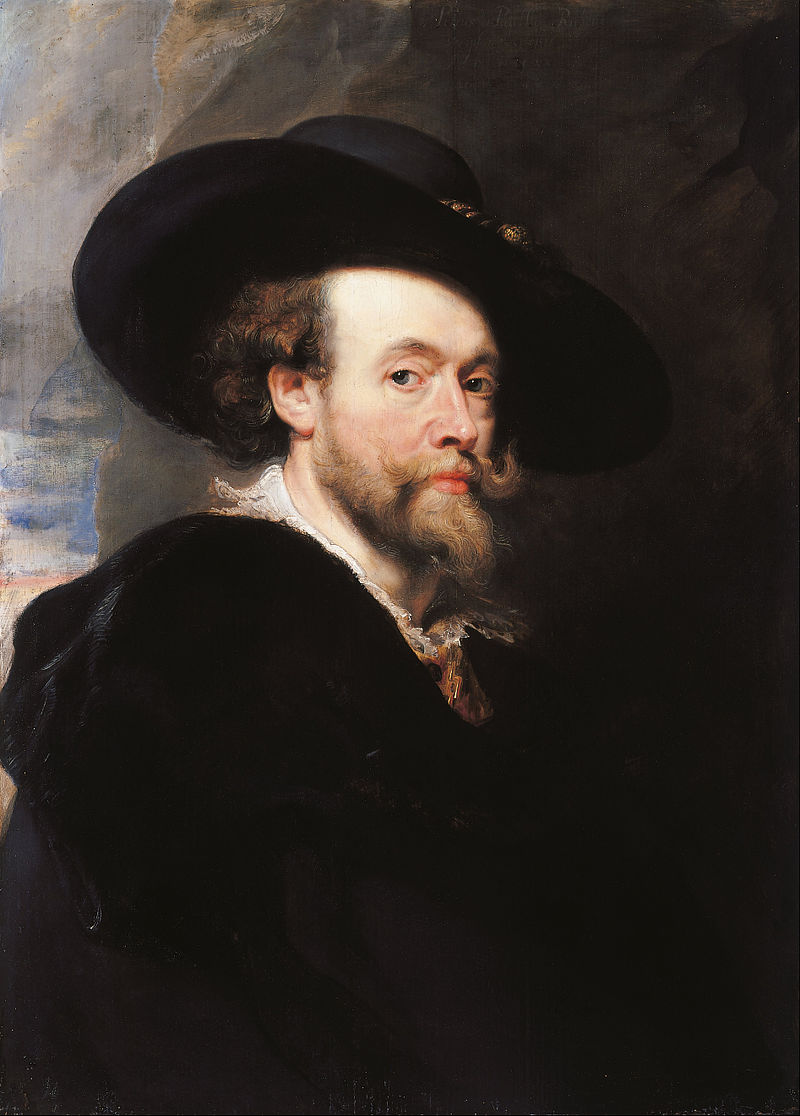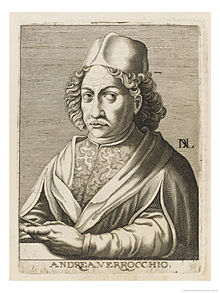Painters
Peter Paul Rubens

Sir Peter Paul Rubens (/ˈruːbənz/;[1] Dutch: [ˈrybə(n)s]; 28 June 1577 – 30 May 1640) was a Flemish artist. He is considered the most influential artist of Flemish Baroque tradition. Rubens’ highly charged compositions reference erudite aspects of classical and Christian history. His unique and immensely popular Baroque style emphasized movement, color, and sensuality, which followed the immediate, dramatic artistic style promoted in the Counter-Reformation. Rubens specialized in making altarpieces, portraits, landscapes, and history paintings of mythological and allegorical subjects.
In addition to running a large studio in Antwerp that produced paintings popular with nobility and art collectors throughout Europe, Rubens was a classically educated humanist scholar and diplomat who was knighted by both Philip IV of Spain and Charles I of England. Rubens was a prolific artist. The catalogue of his works by Michael Jaffé lists 1,403 pieces, excluding numerous copies made in his workshop.[2]
His commissioned works were mostly “history paintings”, which included religious and mythological subjects, and hunt scenes. He painted portraits, especially of friends, and self-portraits, and in later life painted several landscapes. Rubens designed tapestries and prints, as well as his own house. He also oversaw the ephemeral decorations of the royal entry into Antwerp by the Cardinal-Infante Ferdinand of Austria in 1635.
His drawings are predominantly very forceful and without great detail. He also made great use of oil sketches as preparatory studies. He was one of the last major artists to make consistent use of wooden panels as a support medium, even for very large works, but he used canvas as well, especially when the work needed to be sent a long distance. For altarpieces he sometimes painted on slate to reduce reflection problems.
Source: Peter Paul Rubens – Wikipedia
Francesco di Giorgio Martini
Francesco di Giorgio Martini (1439–1501) was an Italian architect, engineer, painter, sculptor, and writer. As a painter, he belonged to the Sienese School. He was considered a visionary architectural theorist—in Nikolaus Pevsner’s terms: “one of the most interesting later Quattrocento architects”. As a military engineer, he executed architectural designs and sculptural projects and built almost seventy fortifications for the Federico da Montefeltro, Count (later Duke) of Urbino, building city walls and early examples of star-shaped fortifications.
Born in Siena, he apprenticed as a painter with Vecchietta. In panels painted for cassoni he departed from the traditional representations of joyful wedding processions in frieze-like formulas to express visions of ideal, symmetrical, vast and all but empty urban spaces rendered in perspective.
He composed an architectural treatise Trattato di architettura, ingegneria e arte militare, the third of the Quattrocento, after Leone Battista Alberti’s and Filarete’s; he worked on it for decades and finished sometime after 1482; it circulated in manuscript. The projects were well in advance of completed projects at the time, but innovations, for example in staircase planning, running in flights and landings round an open center, or dividing at a landing to return symmetrically on each wall, became part of architectural vocabulary in the following century. The third book is preoccupied with the “ideal” city, constrained within star-shaped polygonal geometries reminiscent of the star fort, whose wedge-shaped bastions are said to have been his innovation.
St John the Baptist, 1464 at Museo dell’Opera del Duomo, Siena
Francesco di Giorgio finished his career as architect in charge of the works at the Duomo di Siena, where his bronze angels are on the high altar and some marble floor mosaics are attributed to his designs. The design of the church of San Sebastiano in Vallepiatta in Siena is also attributed to him.
Di Giorgio’s painting of the “Madonna and Child with 2 Angels” is found at the Lowe Art Museum in Coral Gables, Florida.
Contents
Gentile da Fabriano
Gentile da Fabriano (c. 1370 – 1427) was an Italian painter known for his participation in the International Gothic painter style. He worked in various places in central Italy, mostly in Tuscany. His best-known works are his Adoration of the Magi from the Strozzi Altarpiece, (1423) and the Flight into Egypt.
Source: Gentile da Fabriano – Wikipedia
Andrea del Verrocchio

Lovis Corinth
Lovis Corinth (21 July 1858 – 17 July 1925) was a German artist and writer whose mature work as a painter and printmaker realized a synthesis of impressionism and expressionism.
| Lovis Corinth | |
|---|---|

Lovis Corinth, 1887 |
|
| Born | Franz Heinrich Louis 21 July 1858 Tapiau, Prussia |
| Died | 17 July 1925 |
| Nationality | German |
| Education | Academy of Fine Arts Munich |
Corinth studied in Paris and Munich, joined the Berlin Secession group, later succeeding Max Liebermann as the group’s president. His early work was naturalistic in approach. Corinth was initially antagonistic towards the expressionist movement, but after a stroke in 1911 his style loosened and took on many expressionistic qualities. His use of color became more vibrant, and he created portraits and landscapes of extraordinary vitality and power. Corinth’s subject matter also included nudes and biblical scenes.